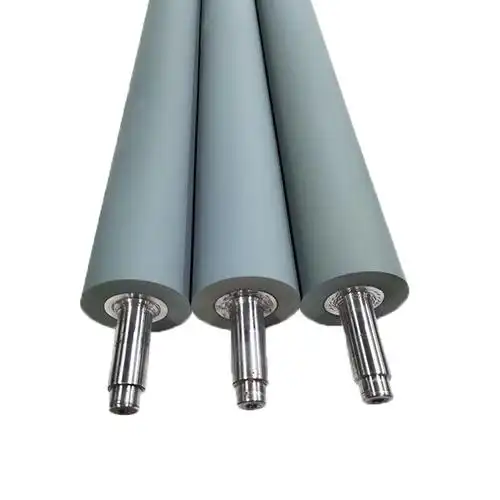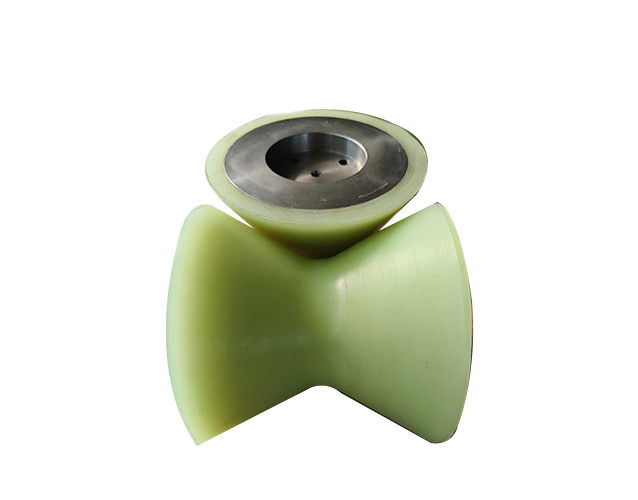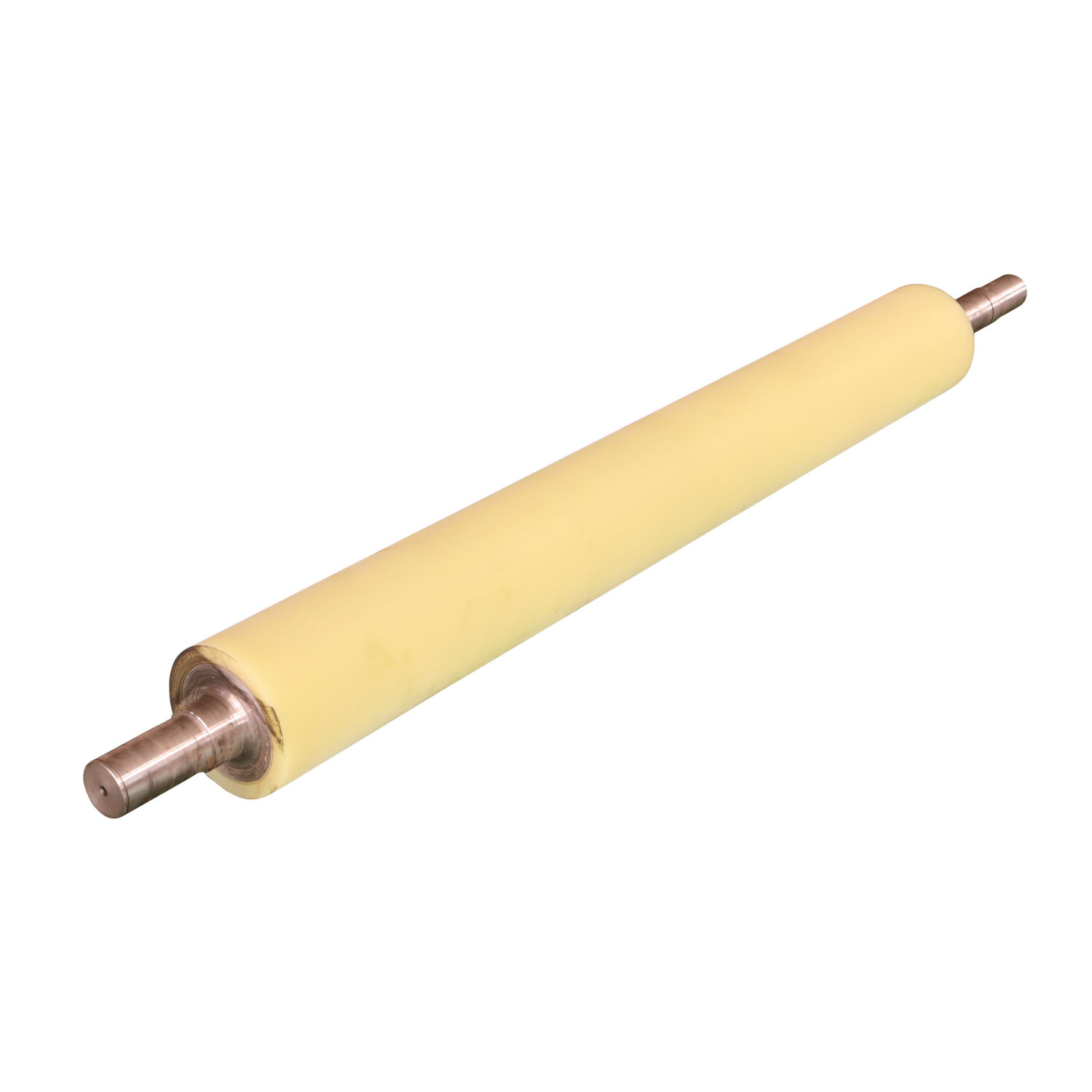printing rubber roller
A printing rubber roller is a crucial component in modern printing systems, serving as the primary medium for transferring ink onto various substrates. These precision-engineered cylinders feature a specialized rubber compound exterior that's designed to maintain consistent ink distribution and pressure during the printing process. The roller's core is typically constructed from durable materials such as steel or aluminum, providing structural integrity while the rubber coating ensures optimal ink transfer. These rollers are manufactured with specific hardness ratings, measured in Shore A, to accommodate different printing applications and substrate types. The surface texture and rubber composition are carefully calibrated to achieve the ideal ink reception and release properties, ensuring clean, precise printing results. Modern printing rubber rollers incorporate advanced materials that resist wear, chemical degradation, and temperature variations, significantly extending their operational lifespan. They are essential in various printing processes, including flexography, lithography, and gravure printing, where they help maintain consistent print quality across long production runs. The design of these rollers often includes precise diameter tolerances and dynamic balancing to minimize vibration and ensure smooth operation at high speeds.


